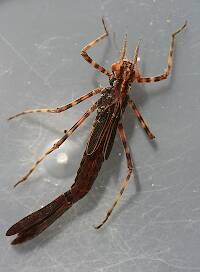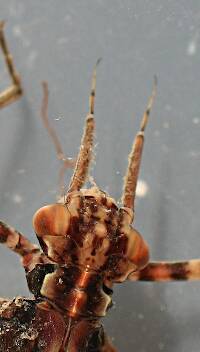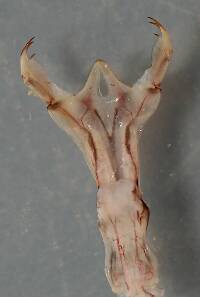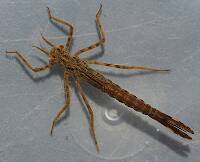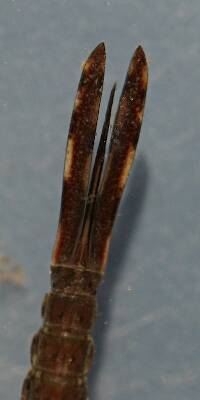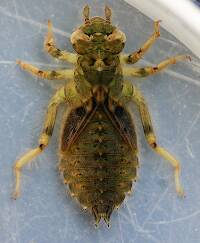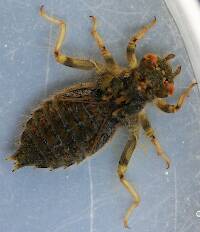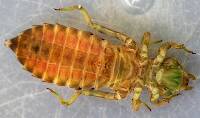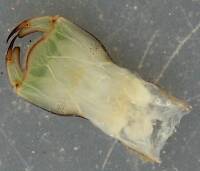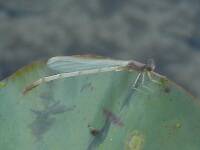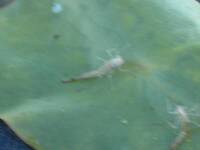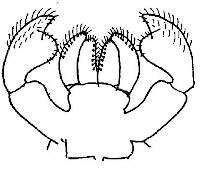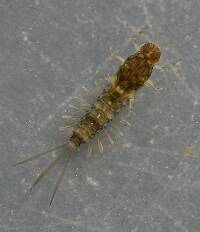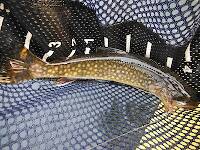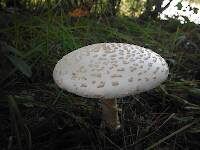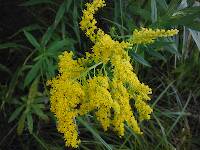
Blue-winged Olives
Baetis
Tiny Baetis mayflies are perhaps the most commonly encountered and imitated by anglers on all American trout streams due to their great abundance, widespread distribution, and trout-friendly emergence habits.
Featured on the forum

Troutnut is a project started in 2003 by salmonid ecologist Jason "Troutnut" Neuswanger to help anglers and
fly tyers unabashedly embrace the entomological side of the sport. Learn more about Troutnut or
support the project for an enhanced experience here.
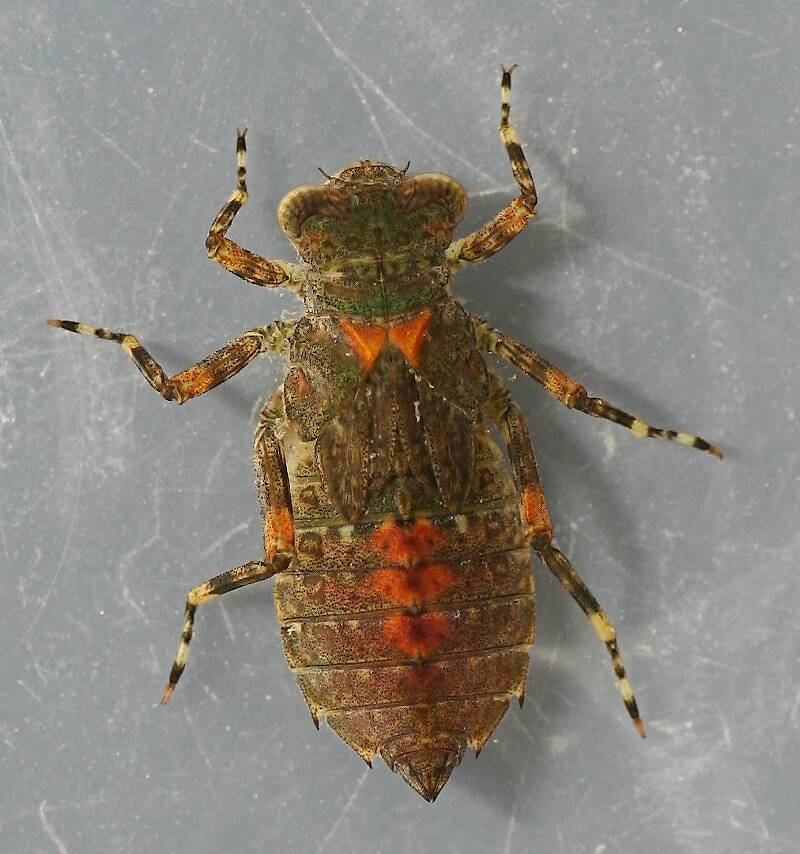

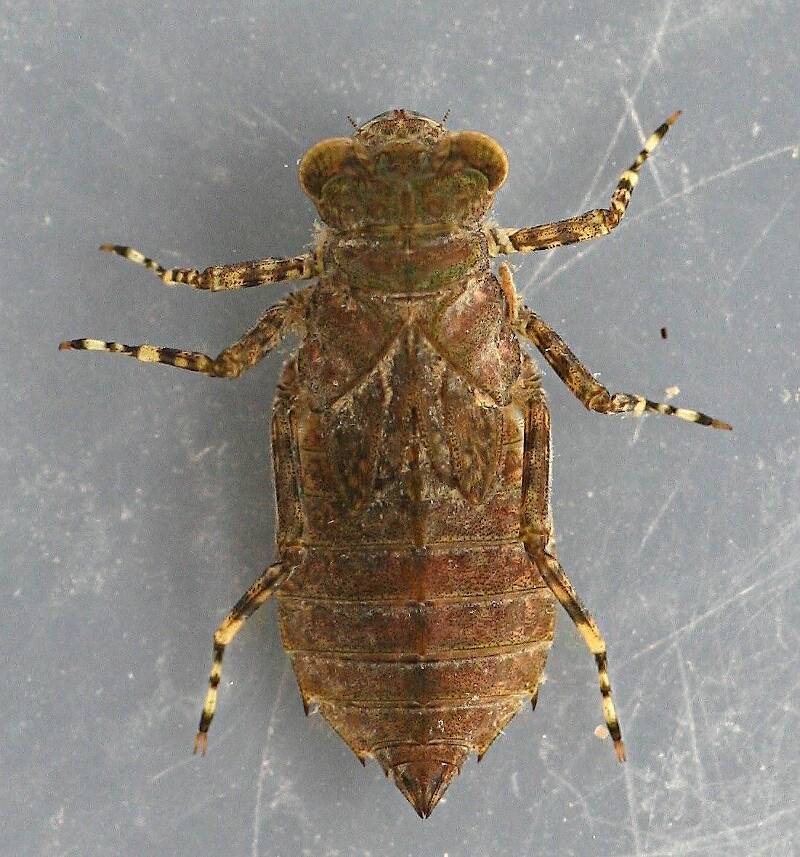
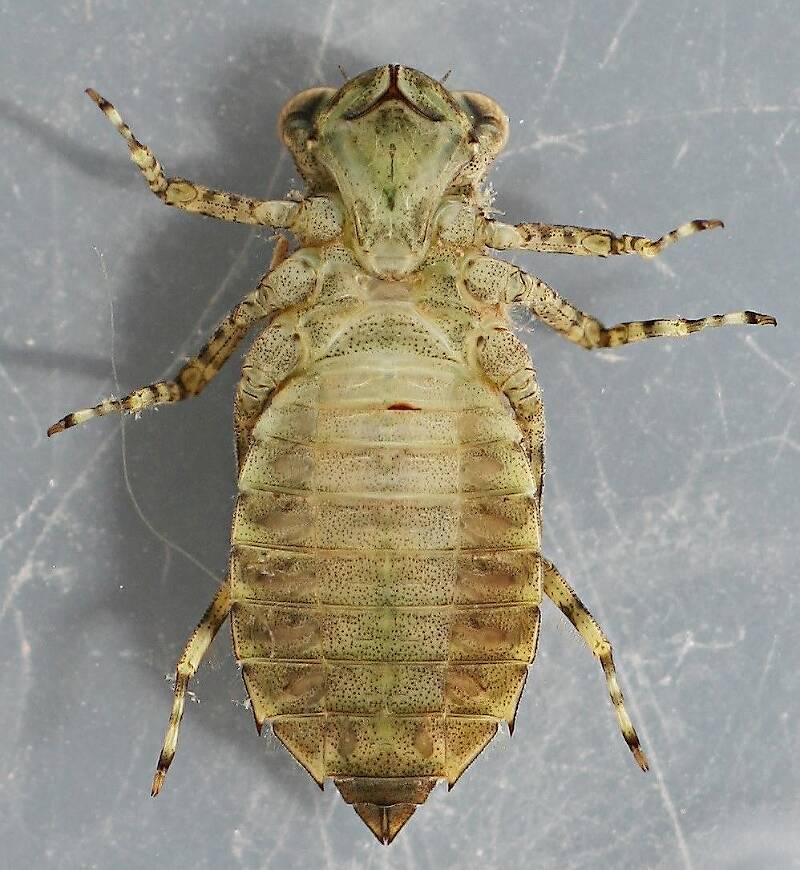
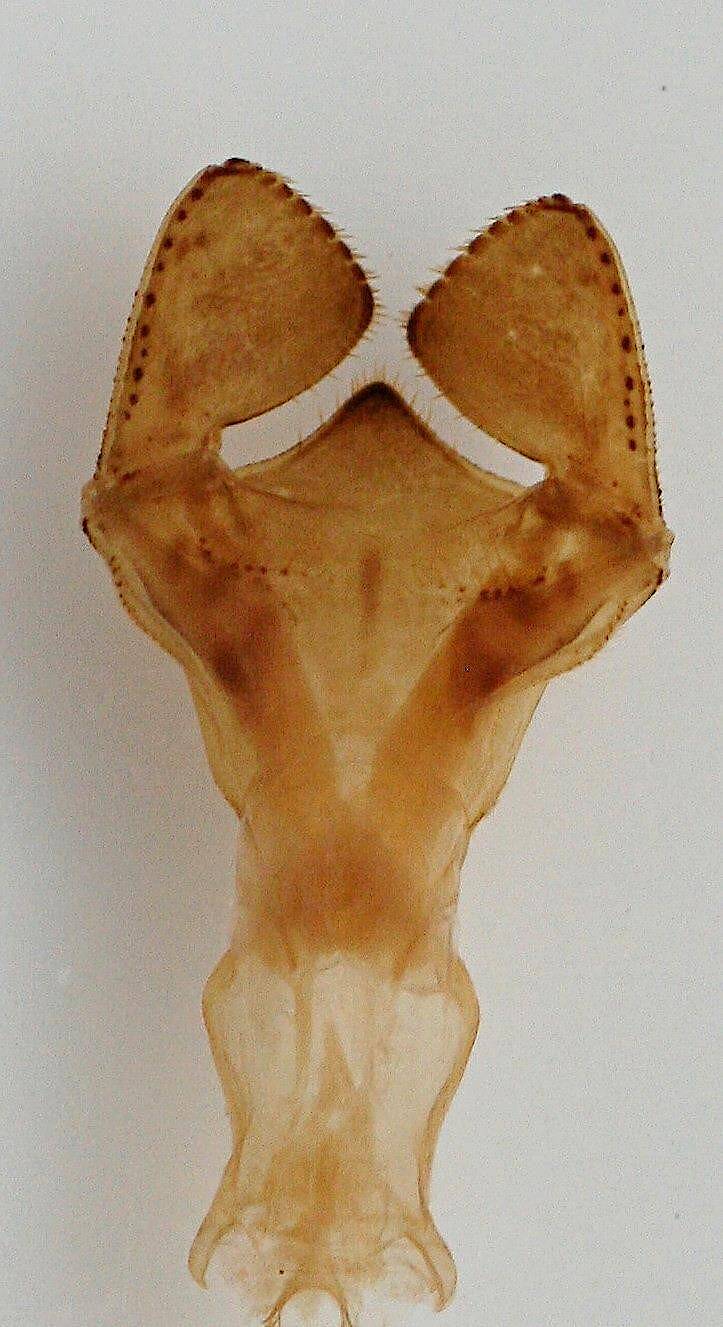
Millcreek on Nov 11, 2017November 11th, 2017, 10:18 am EST
These are found in the Russian River in shallow to moderate depths of water with a good flow. They are usually found February through April. The naiads are about 16 - 20 mm in length at maturity.
"If we knew what it was we were doing, it would not be called research, would it?"
-Albert Einstein
-Albert Einstein
Jmd123 on Nov 12, 2017November 12th, 2017, 2:28 am EST
Beautiful creature. But if I were small, I wouldn't want to meet one of those on a dark night under a lily pad...
Jonathon
Jonathon
No matter how big the one you just caught is, there's always a bigger one out there somewhere...
Millcreek on Nov 12, 2017November 12th, 2017, 2:59 am EST
Beautiful creature. But if I were small, I wouldn't want to meet one of those on a dark night under a lily pad...
I wouldn't want to either. Minding your own business, then that labium shoots out and you're gone.
https://www.youtube.com/watch?v=pkOpWKyM_go
"If we knew what it was we were doing, it would not be called research, would it?"
-Albert Einstein
-Albert Einstein
Millcreek on Nov 20, 2017November 20th, 2017, 7:22 am EST
deleted edit.
"If we knew what it was we were doing, it would not be called research, would it?"
-Albert Einstein
-Albert Einstein
Jmd123 on Nov 21, 2017November 21st, 2017, 9:50 am EST
Hmmm...looks like someone was uninvited to our site. Having only read the post about the "stink bug you freaking idiots", I could tell he didn't belong here - and not only because he apparently doesn't know (expletive deleted) about insects.
The coolest dragonfly nymphs I have seen recently were a bunch of leaf-green ones with light stripes down their sides, and fairly slender bodies, taken from some emergent grass in shallow water from [REDACTED] Pond. Sadly, their color didn't last in 70% ethanol. Are there other green dragonflies out there I don't know about? These were the first and only ones I've ever seen. Perhaps next season I'll grab a few for a photo and put them up ion here for our "bugnuts" to identify.
Jonathon
The coolest dragonfly nymphs I have seen recently were a bunch of leaf-green ones with light stripes down their sides, and fairly slender bodies, taken from some emergent grass in shallow water from [REDACTED] Pond. Sadly, their color didn't last in 70% ethanol. Are there other green dragonflies out there I don't know about? These were the first and only ones I've ever seen. Perhaps next season I'll grab a few for a photo and put them up ion here for our "bugnuts" to identify.
Jonathon
No matter how big the one you just caught is, there's always a bigger one out there somewhere...
Creno on Nov 22, 2017November 22nd, 2017, 9:58 am EST
Here is a reference for immature odonate coloration. Dragonflies Behavior and Ecology of the Odonata Philip S. Corbet, 1999, Comstock Publishing Associates,
Cornell University Press, Ithaca, NY.
It indicates that the immatures can change color to match habitat but it is a slow process occurring at the molts.
I suspect camouflage is important for lots of reasons for all insects. I doubt any insect coloration changes occur as fast as we see in things like the octopus videos. totally different structural and nervous systems.
Cornell University Press, Ithaca, NY.
It indicates that the immatures can change color to match habitat but it is a slow process occurring at the molts.
I suspect camouflage is important for lots of reasons for all insects. I doubt any insect coloration changes occur as fast as we see in things like the octopus videos. totally different structural and nervous systems.
Quick Reply
Related Discussions
Topic
Replies
Last Reply
1
Jul 11, 2008
by Taxon
by Taxon




